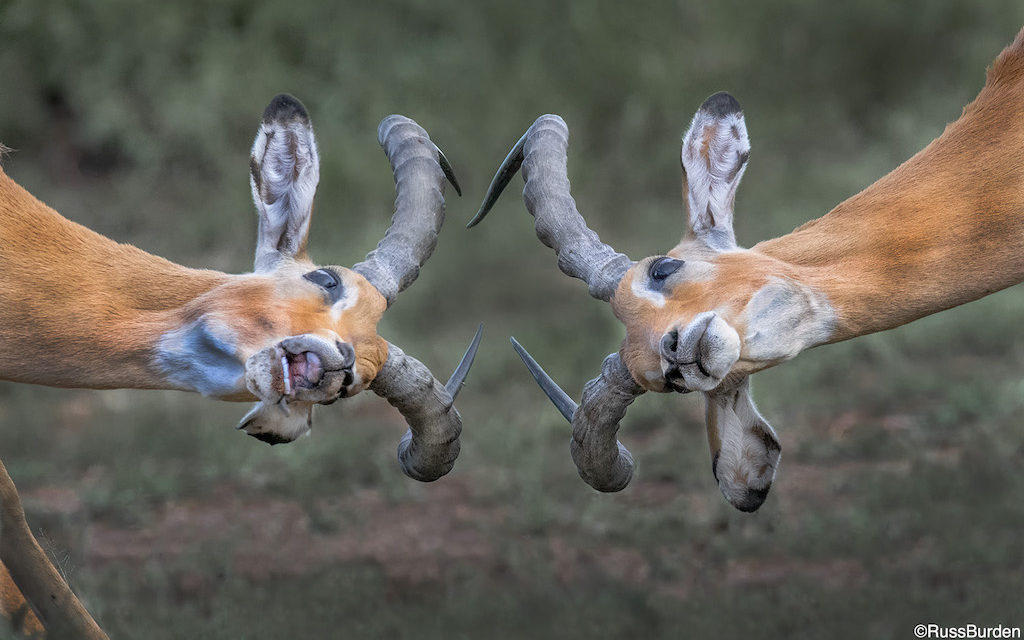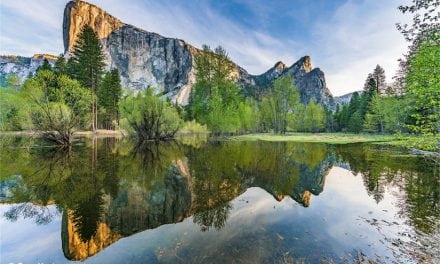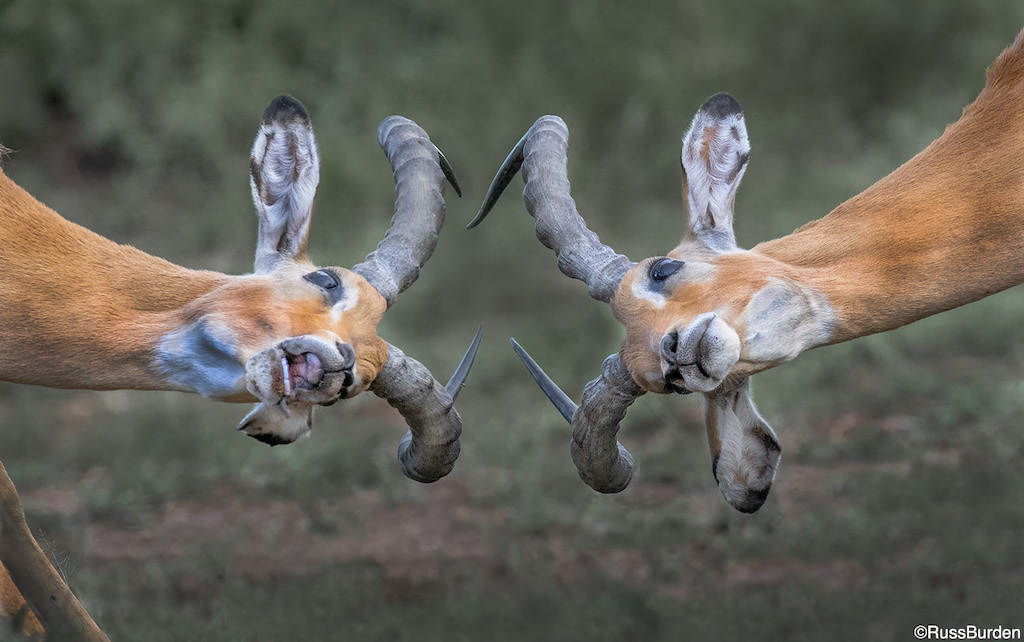
The vast majority of beginning photographers and/or those brand new to a never-visited location often fall victim to what I label “The First Zebra Syndrome.” The First Zebra Syndrome is a term I coined after leading numerous safaris to the Serengeti in Tanzania. With the addition of each new excursion, the meaning of those words grows more intense. They’ve grown to the point where I now use the phrase as a teaching tool to save participants days of work in front of the computer.
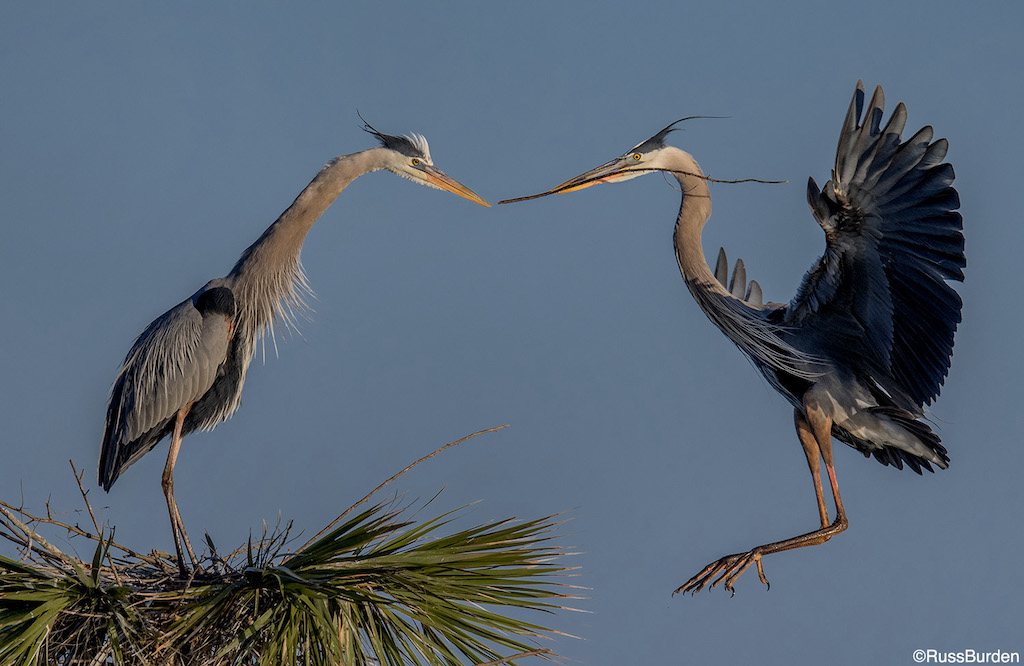
On three of my five annual safaris, we start with a warm-up day in Arusha National Park. It’s home to many birds and we use them as subjects to apply the concepts I teach about flash during our first morning orientation. While in the park, often the first iconic mammal we encounter is the zebra. Inevitably, someone gets incredibly excited and the sound of shutters fills the air. This goes on for many minutes. Finally, I take control and ask everyone to stop making photos. I then have everyone look at their LCDs and ask them to show me the one shot they’ll make into a 24×36 print and display it on their living room wall. Never has anyone shown me that photo.
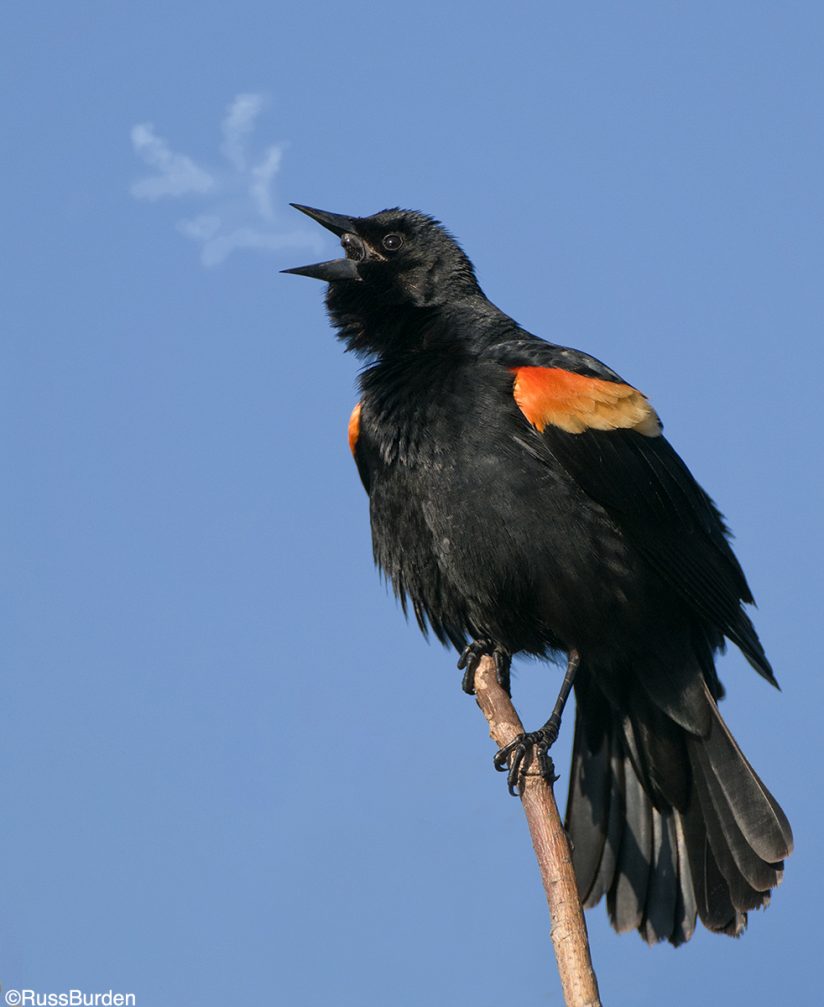
Yes, it’s exciting to see your first zebra. It’s exciting because everything is new and different, but to continue to press the shutter when the background is busy, the light is contrasty, the animals all merge or the animal is simply standing there, just adds a lot of editing time on the backend once you get home. I explain my reasoning as to why I do what I do regarding the First Zebra Syndrome, and from that moment, the participants get it. You don’t need to be on safari to apply the above to any given photo outing. You could be shooting in your backyard and the principle is the same. Wait for the animal to do something so you can capture images that tell a story.
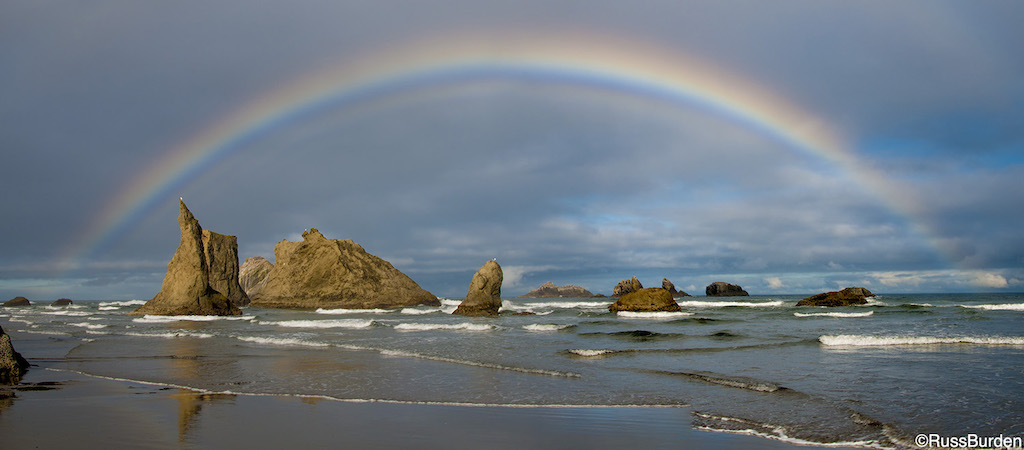
My photography started back in the day of slide film. When I loaded a roll of 36, I felt like I had hours and hours of photography time with that roll. I could finish the roll in under two seconds with today’s cameras! Being a former slide shooter, I was very selective about pressing the shutter. I’d watch the action unfold while whispering to myself, “Wait… wait… wait…” click, click, click. Digital has changed just how selective I remain, but I still refrain from blasting 100 photos in four seconds just because technology allows me. Digital definitely grants me permission to have a heavier trigger finger, but I still tell myself to wait. It’s the way I learned and I feel it’s a good lesson to pass on. It prevents the spray-and-pray method of photography. Whether you’re one who has a heavy shutter finger or you let patience dictate the right moment, the concept of telling the story remains the same.
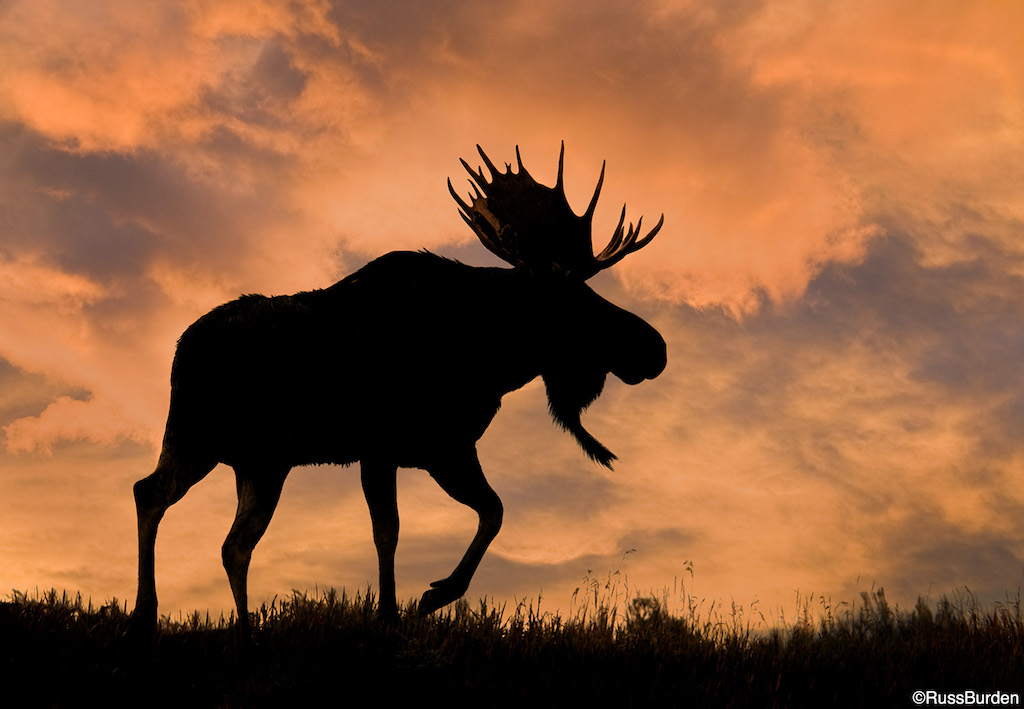
When you wait to capture images that tell a story, you remain stoic until everything falls into place. The expression shows emotion, the action is peak, the light is perfect, mergers separate and the angle of the head makes a connection. It’s those special moments that allow the viewer to identify with the animal or scene in the photo. If the viewer understands why you made the image, the message will resonate with them. They’ll remember the photo. You may even make a sale!
The photo that does tell a story is successful when it invites the viewer into the moment it was created. The viewer’s mind speculates about the events that led up to the capture: What was the animal doing? How bad was that storm that created the gorgeous rainbow? What prompted that subject to create such a bizarre expression? How old are those babies and will they all survive? That peak moment prompts emotion which in turn allows the viewer to relate to the photo. They may even think about what will happen to the subject in the future. It’s all about giving the person an opportunity to identify with the split second you pressed the shutter.
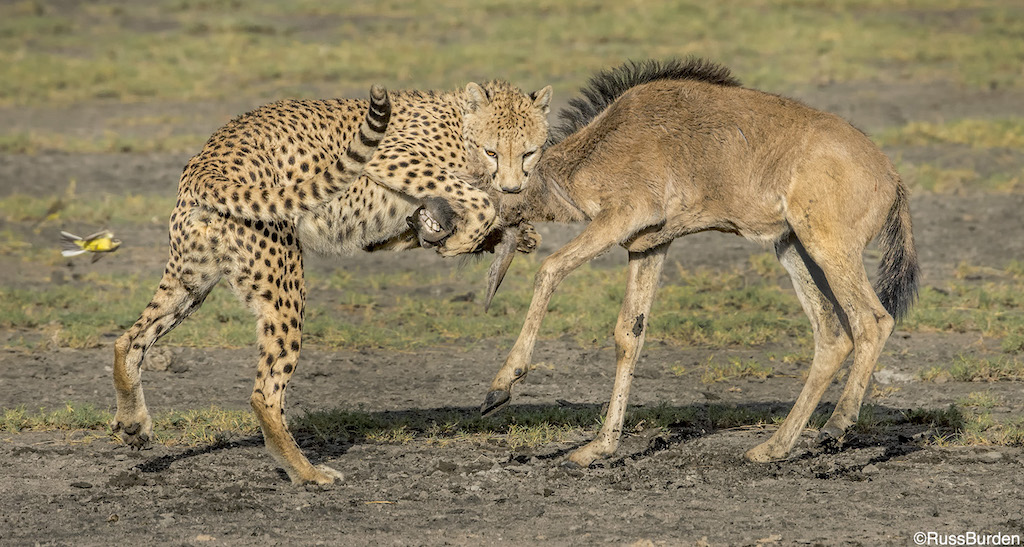
To capture images that tell a story requires patience, anticipation, timing, knowledge of the subject, knowledge of weather patterns, research and sometimes a bit of luck. I italicized luck in that I pose this question: Why is it that some photographers are consistently luckier than others? The answer is found in the list of requirements just above. Time and effort must be dedicated to making these pictures work. The photographer must spend hours, days, weeks, months and years in the field and is still not guaranteed he or she encounters the moment that tells a story. The bottom line is an investment in time is essential if you want to capture images that tell a story.
To learn more about this subject, join me on a photo safari to Tanzania. Visit www.russburdenphotography.com to get more information.
The post Capture Images That Tell A Story appeared first on Outdoor Photographer.

